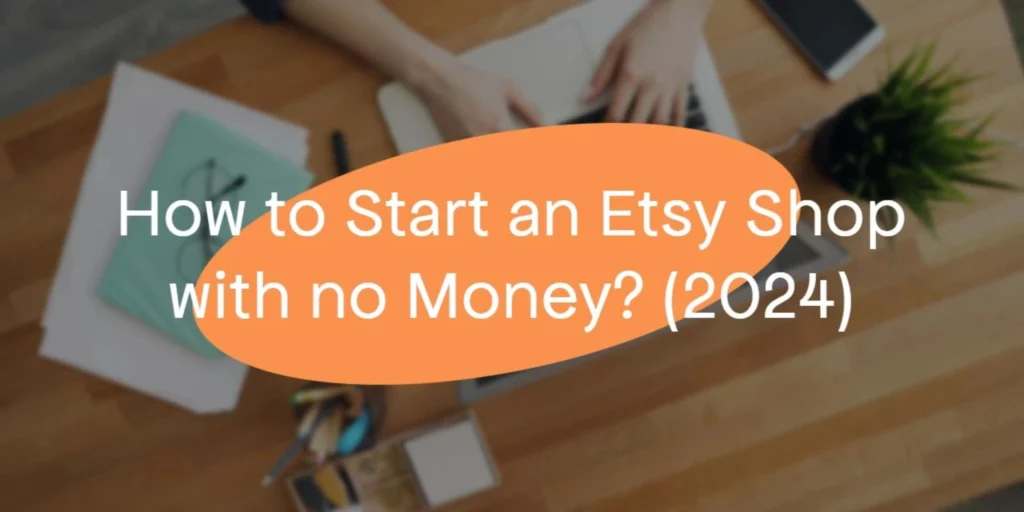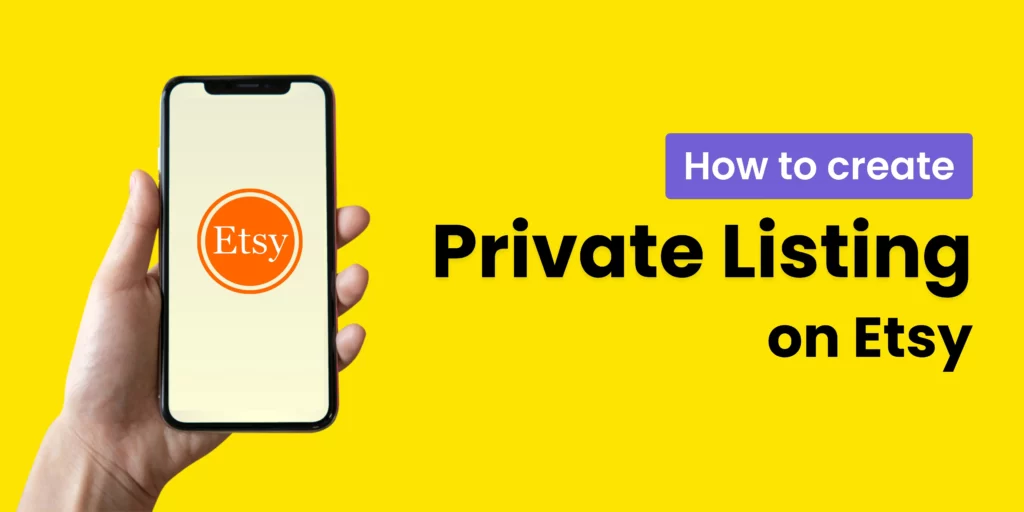Starting an Etsy shop can be an exciting venture for creatives and entrepreneurs looking to turn their passions into profits. However, before you dive in, it’s essential to understand the costs associated with selling on the platform. So, what is the cost to sell on Etsy? From listing fees to transaction charges, there are various expenses that every seller should consider.
| Table of Contents |
In this blog, we’ll break down the cost to sell on Etsy, so you can make informed decisions and maximize your potential earnings. Whether you’re just starting or looking to grow your existing shop, knowing what it costs to sell on Etsy will help you navigate your journey effectively. Let’s explore the different fees and costs involved to ensure you’re well-prepared for success!
Tip: Before figuring out your Etsy selling fees, check if you need a business license for your etsy shop.
How much does Etsy charge to sell your product?
When it comes to selling on Etsy, understanding the different fees is crucial for your success. Here’s a breakdown of the main costs involved in operating your Etsy shop:
1. Listing Fees
Etsy charges a listing fee of $0.20 per item you want to sell. This fee is added to your payment account as soon as you list the item, regardless of whether it sells. Keep in mind that each listing expires after four months. If your item doesn’t sell during this period, you’ll need to renew the listing and pay the fee again.

There are also additional listing fees that can apply in certain situations. For instance, if a listing expires, you can choose to enable auto-renew, which will automatically charge you another $0.20 to keep your item active. If you sell multiple quantities of a listing in a single transaction, you’ll incur a multi-quantity fee of $0.20 for each additional item sold after the first. Additionally, if you create a private listing for a specific buyer, a fee of $0.20 will be charged when that buyer purchases the item.
2. Transaction Fees
In addition to listing fees, Etsy also charges transaction fees on the total amount of your sales. This fee is set at 6.5% of the total order amount, which includes the price of the item as well as any shipping and gift-wrapping fees if applicable. This means that if you’re selling a product for $50 and charging $5 for shipping, your transaction fee would be based on the total of $55.
It’s important to note that this fee applies to every transaction made through Etsy Payments. Etsy also converts the transaction fee into your payment account currency at the current market rate if your listing currency differs from your payment account currency.
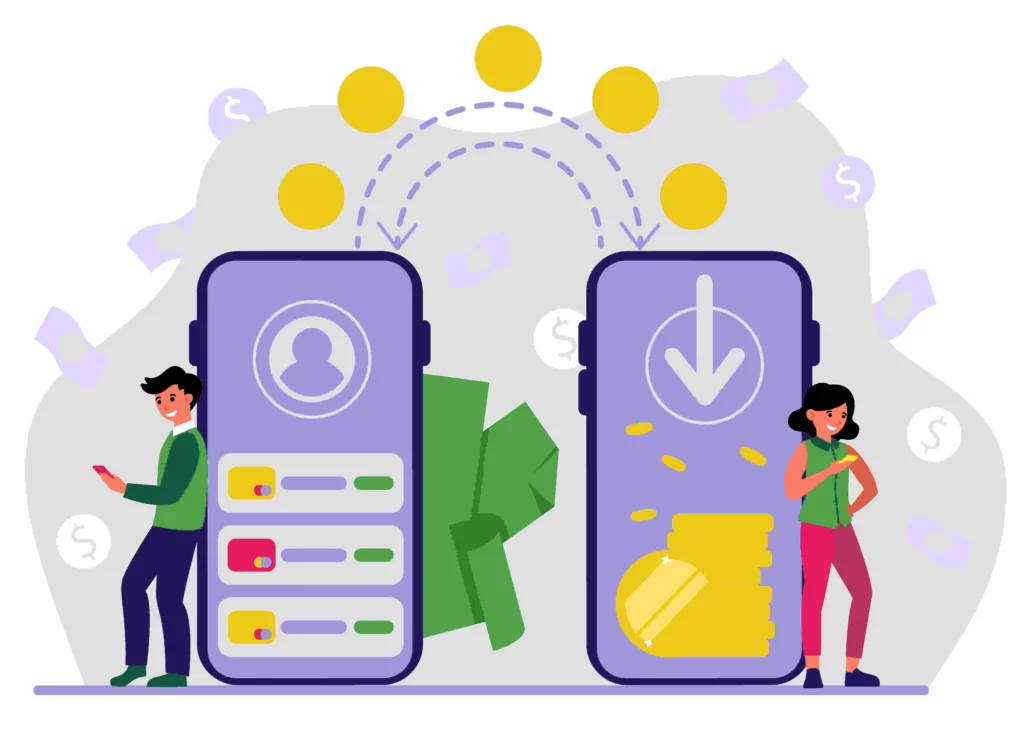
When calculating your expenses, make sure to factor in these transaction fees, as they can add up quickly. Understanding “how much it costs to sell on Etsy” is key to maintaining healthy profit margins and setting appropriate prices for your products.
3. Shipping Label Fees
When you sell products on Etsy, you’ll also need to consider shipping label fees. These fees can vary depending on your specific shipping choices and the services you use. If you choose to purchase Etsy Shipping Labels, the cost will be based on the carrier you select, the package size, and the destination. Etsy offers discounted shipping rates for sellers, which can help you save money compared to buying labels directly from shipping carriers.

While the exact cost of shipping labels will depend on your selections, it’s essential to factor these fees into your overall expenses. Additionally, you should clearly communicate shipping costs to your customers to avoid any surprises at checkout. Providing transparent shipping information can help build trust with your buyers and improve their shopping experience.
4. Advertising Fees
If you choose to promote your products on etsy, you’ll encounter additional advertising fees. Etsy offers two main advertising options: Offsite Ads and Etsy Ads.
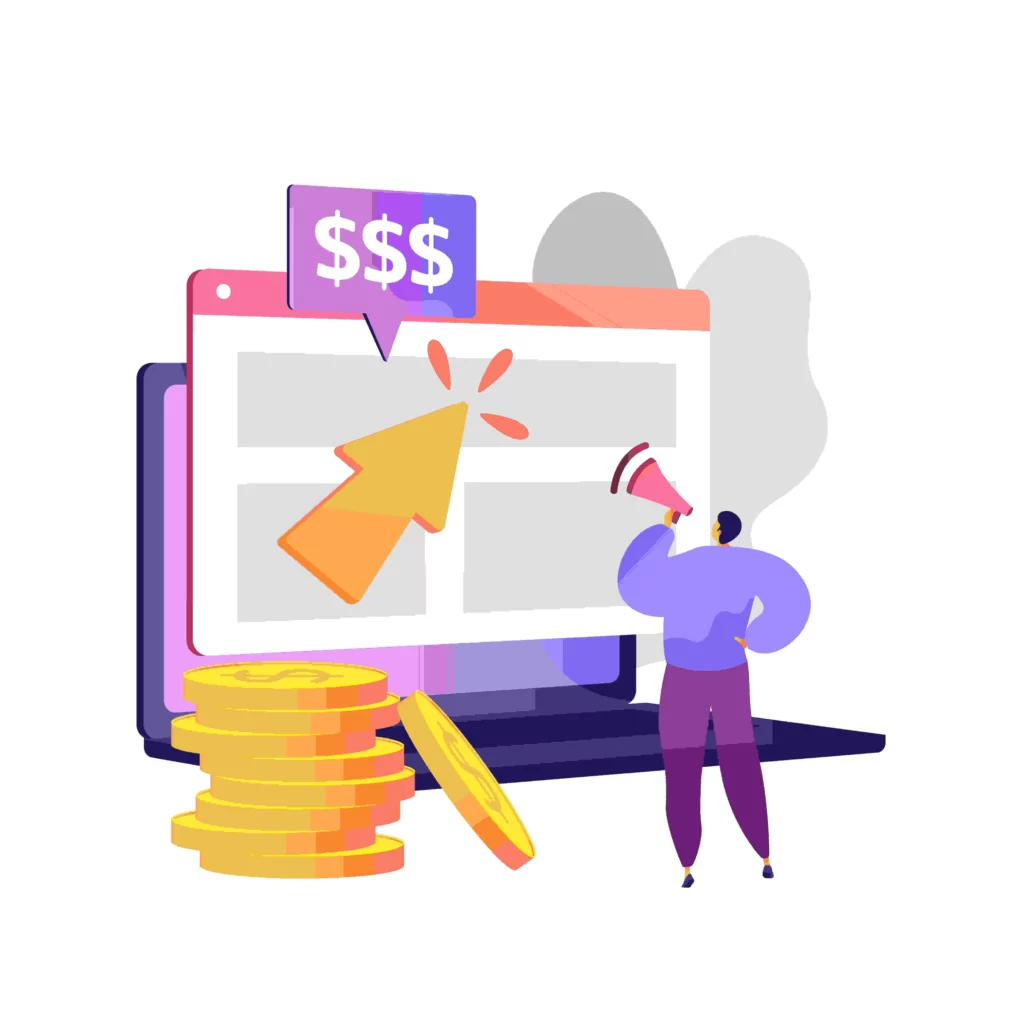
Offsite Ads
With Offsite Ads, your products are advertised on platforms like Google, Facebook, and Instagram. If your store has made less than $10,000 in sales over the past year, you will be charged a 15% fee on the total order amount for any sales generated through these ads. However, if you’ve made $10,000 or more, you’ll benefit from a discounted fee of 12%. It’s worth noting that the Offsite Ad fee will not exceed $100 for any single order, no matter how large.
Etsy Ads
Etsy Ads allow you to promote your products within Etsy’s search results. The fees for these ads vary based on your budget and the competition for your specific products. You can set a daily budget, and Etsy will use that to promote your listings as effectively as possible.
When considering advertising, it’s essential to evaluate whether these expenses align with your marketing strategy. While promoting your items can help you reach more customers, understanding the associated costs will help you determine if it fits within your budget.
5. Payment Processing Fees
When you make a sale on Etsy, you’ll also incur payment processing fees. These fees are charged on each transaction made through Etsy Payments, which is the platform’s primary payment processing system. The payment processing fee consists of a set rate plus a percentage of the total sale price, including shipping and any applicable sales tax.
The exact rate for these fees varies by country, so it’s crucial to check the specific rates applicable to your location. For instance, if you’re in the U.S., the processing fee might be a combination of a flat fee and a percentage of the sale, which can add up depending on the total order amount.
Understanding what is the cost to sell on Etsy means acknowledging these processing fees as a necessary part of doing business. They will be deducted from your sales revenue, so you’ll want to account for them when pricing your products to ensure you maintain a profitable margin.
6. VAT and Regulatory Fees
If you’re selling on Etsy in certain countries, you might encounter VAT (Value Added Tax) on your fees. VAT rates can vary significantly depending on the country in which you operate, and it’s essential to factor this into your overall costs. VAT applies to both processing fees and seller services, which means you’ll need to be aware of how it affects your bottom line.
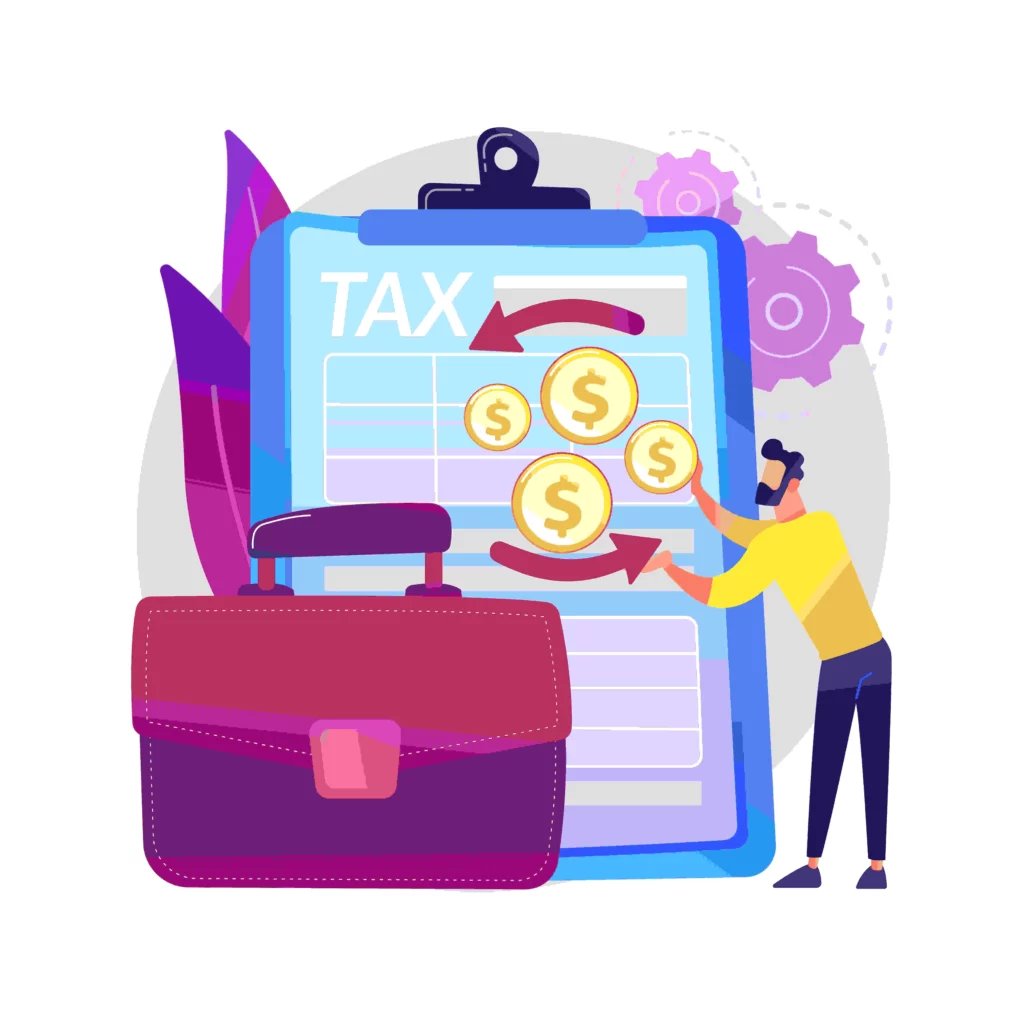
For example, in countries like the UK, France, Italy, Spain, and Türkiye, a percentage of your total order amount—including item price, shipping, and gift wrap (excluding tax collected by Etsy)—will be subject to this additional fee. Understanding these charges is crucial for accurately calculating your .cost to sell on Etsy
Moreover, it’s essential to stay updated on any changes in tax laws or regulations that may impact your business. As a seller, you are responsible for ensuring compliance with these rules, which may require additional administrative work or potential costs.
Keeping track of VAT and regulatory fees is vital for your financial planning and can help you avoid any surprises when it comes time to reconcile your earnings. By understanding these charges, you can better gauge whether selling on Etsy is a financially viable option for you.
Methods to Offset Etsy Fees
While it’s crucial to understand the costs associated with selling on Etsy, there are several strategies you can employ to help offset these fees and improve your overall profitability.
1. Pricing Strategies
One of the simplest ways to manage costs is through effective pricing strategies. Consider raising your product prices slightly to accommodate the various fees you’ll incur. However, be cautious; it’s essential to remain competitive in your niche. Research similar products to find a balance that covers your expenses while still attracting buyers.
2. Offering Free Shipping
Many buyers are drawn to listings that offer free shipping, so consider incorporating shipping costs into your product price. While this approach may seem counterintuitive at first, it can help attract more customers and potentially increase sales volume, which can ultimately offset the fees you incur.
3. Bundling Products
Another effective method is to bundle products together. For example, if you sell digital planners, consider offering a bundle that includes several planners at a discounted rate. This approach not only adds value for your customers but also maximizes your revenue from each sale, helping you cover fees more efficiently.
4. Utilizing Etsy’s Promotions
Etsy regularly offers promotional tools, such as sales events and coupons. Taking advantage of these promotions can boost your visibility and attract more customers, leading to increased sales. Increased sales can help dilute the impact of fees on your overall revenue.
5. Cross-Selling and Upselling
Consider using cross-selling and upselling techniques. If a customer purchases one item, recommend related products that complement their choice. This strategy can significantly increase your average order value and help cover the costs associated with selling on Etsy.
Understanding the cost to sell on Etsy is essential for success on the platform. With various fees, including listing, transaction, and advertising costs, it’s crucial to incorporate these expenses into your pricing strategy. Knowing what it costs to sell on Etsy will help you set realistic financial goals.
While the fees can be daunting, effective methods like pricing strategies, free shipping, and bundling products can help offset them. By being strategic in your approach, you can create a sustainable and profitable Etsy shop. Keep these insights in mind as you navigate the financial landscape of your online business!
outfy
AI-Powered Social Media Marketing
for Online Stores
Outfy automatically creates, schedules and posts viral content like
Reels, Stories, Collages, Videos, Promotions from your products on Social Media.



